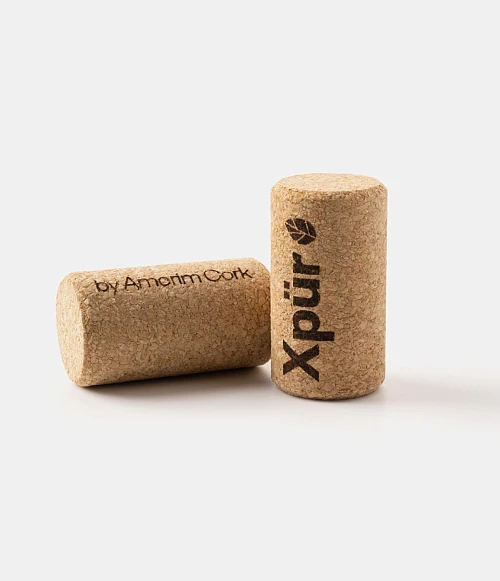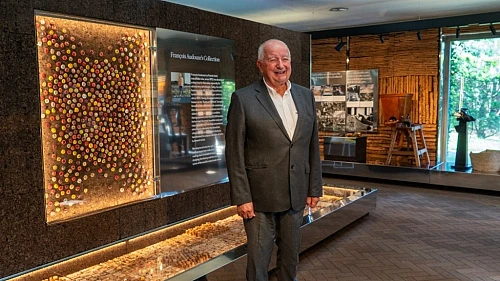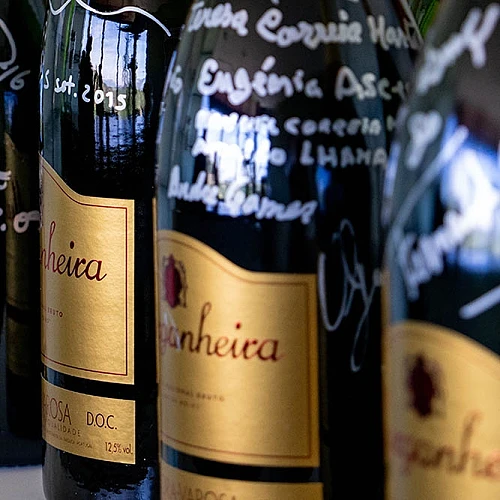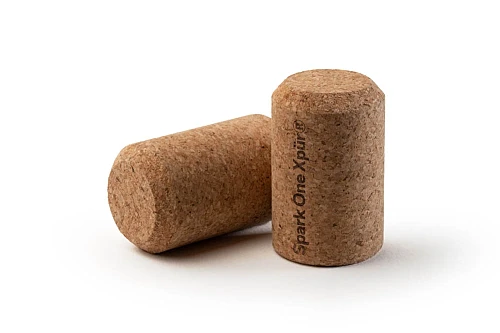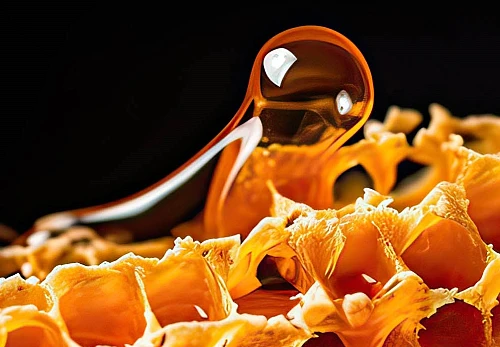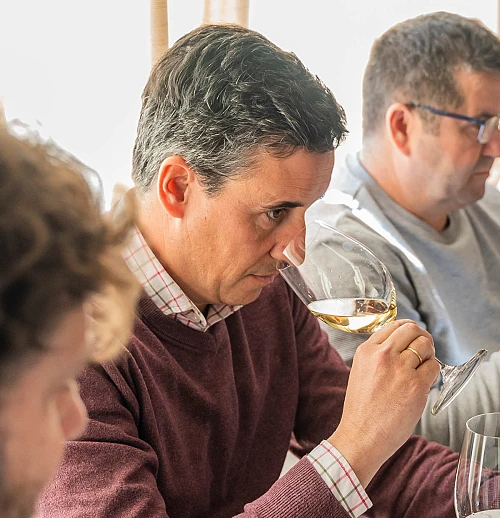- Media Center
- News
News Media Center
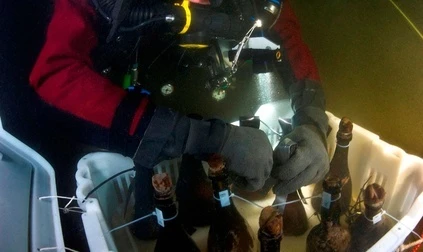
Amorim helps preserve 200-year-old champagne
The world’s leading cork producer, Amorim, has played a major role in the preservation of the 200-year-old champagne discovered off the coast of the Åland archipelago (between Sweden and Finland) earlier this year.
Specialist consultants to the Åland Government called on Amorim to assist in the preservation of the champagne after 168 bottles were recovered from a shipwreck at the bottom of the Baltic Sea.
Two bottles of the historic champagne were opened at a special event in Mariehamn, the capital of Åland, last week (17/11). Amorim’s technical champagne team advised on the complex process of replacing the 200-year-old cork stoppers with new ones.
The team then developed a new stopper made from a single piece of natural cork to the exact specifications of the antique bottles. During this process Amorim’s technical team worked with experts from French champagne house Veuve Clicquot and Åland authorities. The company also provided special manual bottling machines that allowed the recovery team to insert the new corks at a location as close as possible to the shipwreck site. This was considered an important step in terms of minimising the impact the recovery would have on the quality of the champagne.
A small number of bottles have been recorked, while the majority are still immersed under water in a secret and secure location.
“Amorim was honoured when asked to play an important role in the recovery and preservation of this unique champagne,” said the head of Amorim’s technical champagne team, Ernesto Sa Pereira.
“Great consideration and care was put into the development of the natural cork stoppers that are now sealing and preserving some of this liquid history.”
Divers discovered the champagne in July at a depth of about 50 metres in the southern part of Åland's outer archipelago. The ship, a two-masted schooner, is believed to have sunk in the early 1800s.
Initially, the divers took one bottle from the shipwreck and were surprised when its contents were intact. Sommelier Ella Grüssner Cromwell-Morgan tasted the first bottle and said it had: “very ripe fruit, tones of golden raisins and a clear aroma of tobacco. And, despite the fact that it was so amazingly old, there was freshness to the wine. It wasn’t debilitated in any way; rather it had a clear acidity which reinforced the sweetness.”
The salvage operation, which began shortly afterwards, presented a significant technical challenge in terms of raising each bottle from the seabed without major pressure or temperature changes affecting the contents or the
seal.
Determining the age of the champagne and its origin has not been a simple undertaking and there is no archive reference of the ship’s origin or sinking.
Archaeologists have determined that some of the bottles come from the champagne house Maison Juglar, which had ceased production by the end of the 1820s. Several bottles have also been identified as Veuve Clicquot from the branding of the corks, which feature a comet.
Experts have been amazed at how well preserved the champagne is — that it tastes superb and has retained some of its fizz after some 200 years.
“It’s exclusive champagne of high class that has been brought up from the depths of the sea,” said Richard Juhlin, one of the world’s leading champagne experts, at the recent Mariehamn event. “The two different types have a nice
freshness and good length in the mouth in common.”
Mr Pereira said the tasting notes from the champagne experts were a tribute to natural cork as a closure.
“The fact that the precious liquid in these bottles has been preserved at the bottom of the sea for 200 years stands as testimony to the unique ability of natural cork to protect the champagnes and wines of this world,” he said.
The Åland Government has announced plans to auction some of the bottles and the prices achieved could be some of the highest ever recorded for single bottles of champagne.
